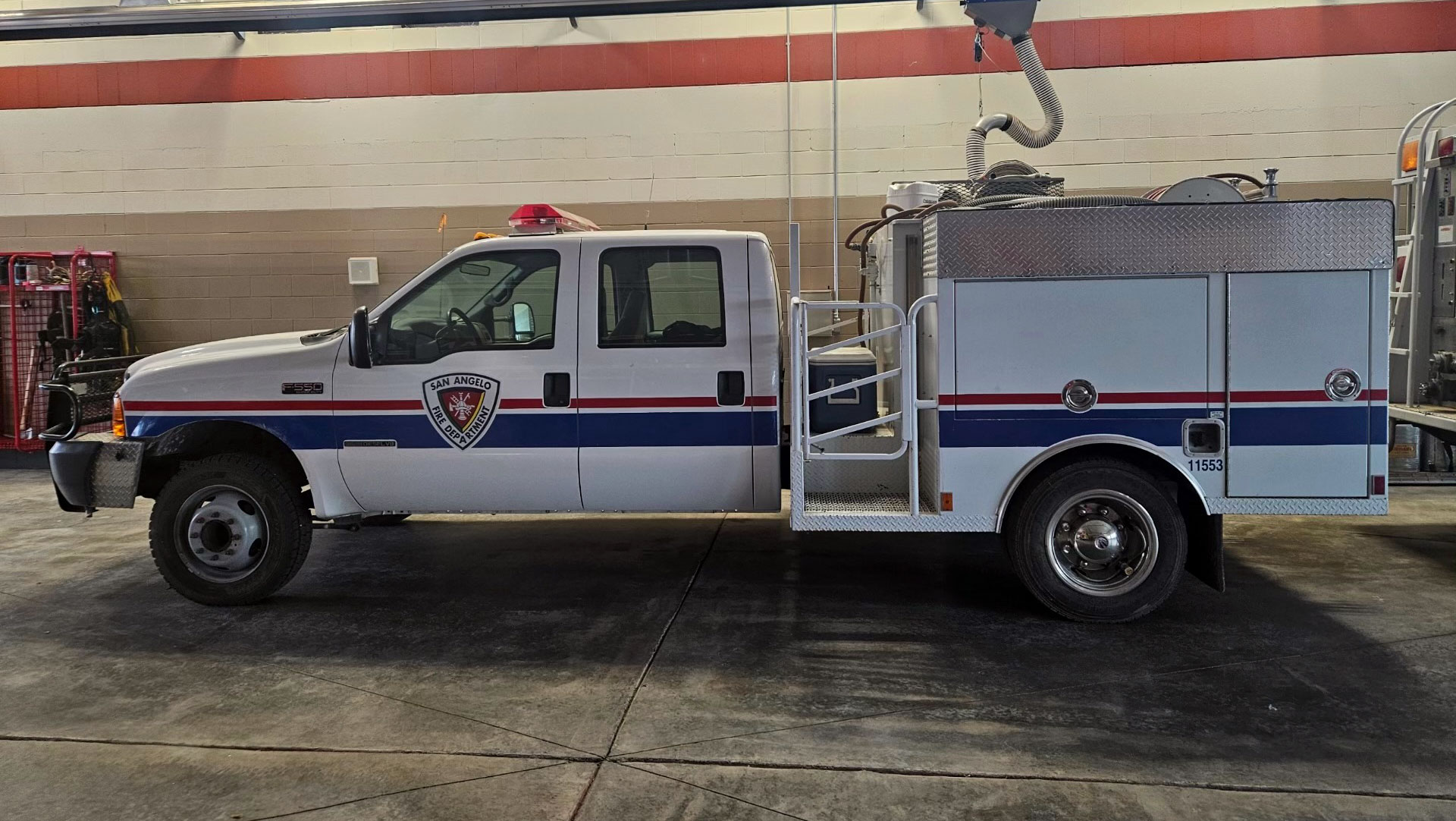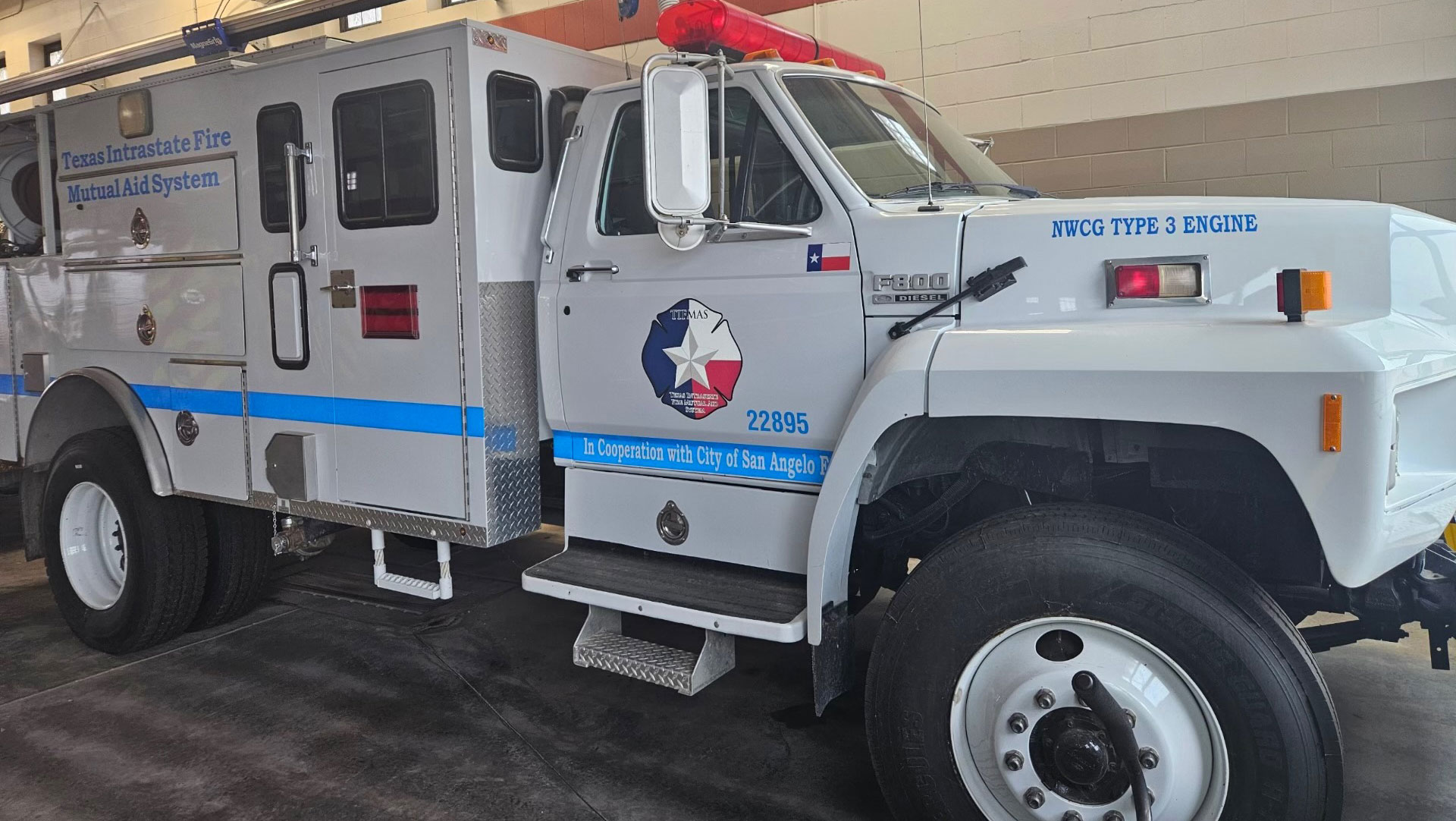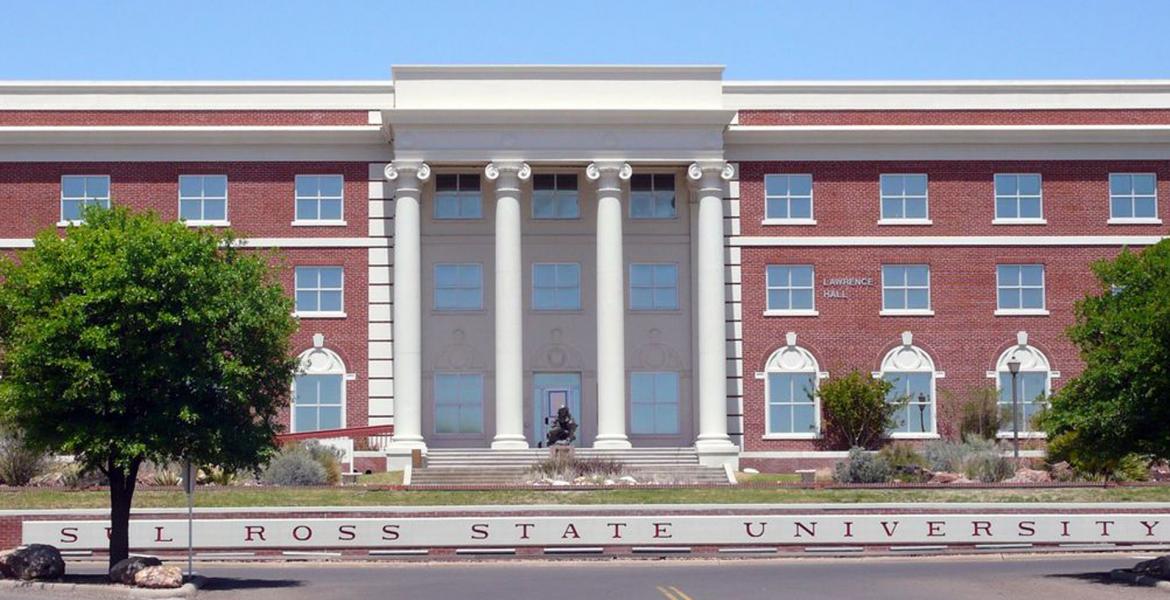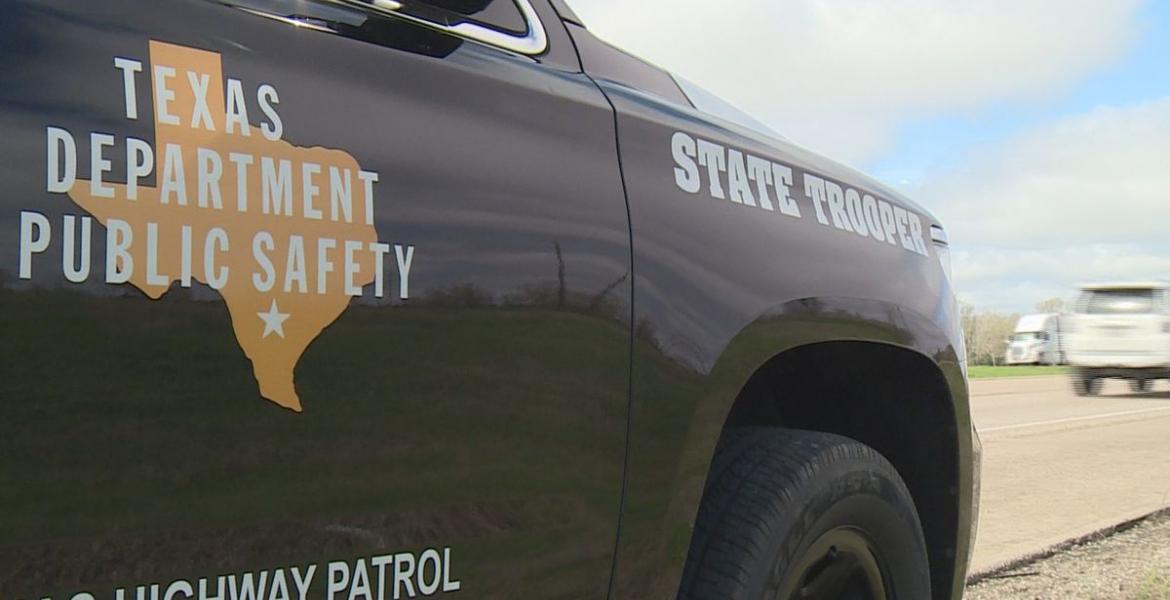SAN ANGELO, TX — San Angelo Fire Chief Patrick Brody has dispatched four firefighters and a Type 6 brush fire fighting truck to the Panhandle region as part of a broader statewide effort to combat the approximately 500,000 acres ablaze across the Texas Panhandle and northwestern Oklahoma. Brody indicated that the department is also considering sending a second team comprising 4 to 5 members with a larger Type 3 brush fire truck if conditions do not improve in the ongoing fight against the wildfires.
Integrated into the statewide Texas Intrastate Mutual Aid System (TIFMAS), the San Angelo Fire Department contributes to the statewide effort aimed at providing funding and resources for fire departments across Texas in managing fire disasters. The fires in the Panhandle region have escalated to the point of threatening entire towns and cities, with only 15 percent of the fires under control as of 7 a.m. this morning.
Chief Brody revealed that the San Angelo Fire Department received a "STAR Request" for assistance on Friday, which is a routine notice allowing firefighter resources to be pre-deployed where there is a high probability of an "Initial Attack" (IA) being required. The susceptibility to such incidents is determined by various factors including wind forecasts, drought conditions, weather predictions, and humidity levels. San Angelo firefighters were deployed on Friday in anticipation of the escalating fires.
Reflecting on past experiences, Brody highlighted the department's decision to join TIFMAS after the 2011 Wildcat Fires that surrounded San Angelo. Prior to this affiliation, the department had limited authority to provide significant support to volunteer fire departments on the front lines. Today, participation in TIFMAS enables the San Angelo Fire Department to extend its support not only to surrounding counties but also statewide, ensuring enhanced mutual aid and disaster response capabilities. Managed by the Texas A&M Forest Service, TIFMAS facilitates coordinated responses to natural fire disasters.
The four San Angelo firefighters are operating a Type 6 brush fire truck, a modified Ford flatbed truck equipped with a small pumper and spotlights designed for initial attacks on wildfires. While their primary responsibility is to protect the City of San Angelo, Chief Brody emphasized the need to deploy resources judiciously within TIFMAS to avoid leaving the primary coverage area vulnerable.
Chief Brody reassured that the cost of deployments would not burden the city, as the program reimburses 100 percent of each firefighter's pay, including per diem, housing, and meals during deployment. Additionally, the state covers expenses related to equipment usage and backfill personnel, ensuring that the fire department's operational needs are met while firefighters are deployed.
The wildfires ravaging the Texas Panhandle have led to several community evacuations in Hutcheson, Gray, Roberts, Hemphill, and other counties in Texas and Oklahoma. The Hutchison County fire, known as the Smokehouse Creek Fire, which ignited on Monday, quickly grew out of control, scorching approximately 500,000 acres by Wednesday morning.
Communities such as Fritch and Canadian have been heavily impacted, with reports suggesting the destruction of as many as 100 homes in Stinnett, located approximately 10 miles from Borger. The town of Canadian witnessed evacuations as the fires encroached upon residential areas along Highway US 83. Despite the challenging conditions, no loss of life has been reported thus far.
The National Weather Service in Amarillo reported wind gusts exceeding 55 mph, with some reaching 70 mph across the Panhandle. Combined with low humidity, above-average temperatures, and vast dormant pasture lands, these extreme weather conditions have fueled the wildfires, making containment efforts exceedingly challenging. A cold front that moved in late Tuesday afternoon further complicated firefighting efforts by altering wind directions.
The affected towns, including Miami, Stinnett, Fritch, Canadian, Wheeler, and rural areas spanning over 60 counties, are assessing the extent of damage, which includes significant losses to homes and livestock. Despite the devastation, communities are rallying together to address the aftermath of the wildfires and support those affected by the disaster.
The deployed crews are in the Panhandle, approximately 400 miles from San Angelo which is a 5-hour drive from San Angelo.

A Type 6 Brush Fire truck at the San Angelo Fire Department. The department has three brush fire trucks, two Type 6 and one larger Type 3 trucks. This truck's sister was deployed to the Pandhandle fires on Friday, Feb. 23, 2024.

A Type 3 Brush Fire truck at the San Angelo Fire Department. The department has three brush fire trucks, two Type 6 and this larger Type 3 trucks. Fire Chief Patrick Brody said state officials are considering having the SAFD deploy a crew with this truck should conditions worsen and SAFD can backfill the personnel utilized who are otherwise protecting the City of San Angelo.
Subscribe to the LIVE! Daily
Required






Post a comment to this article here: